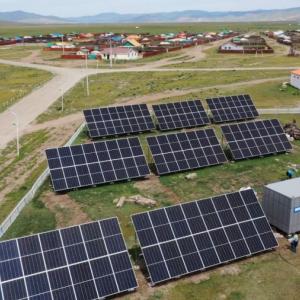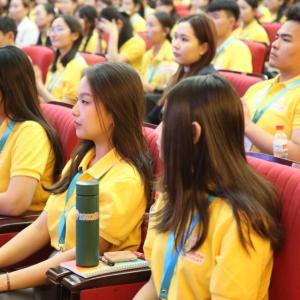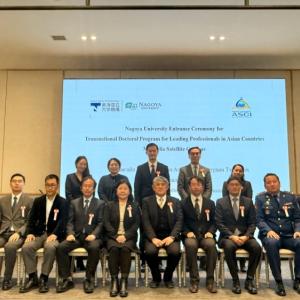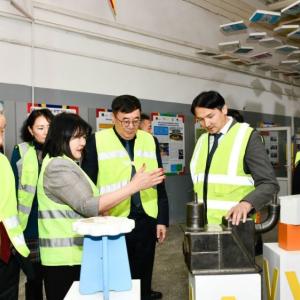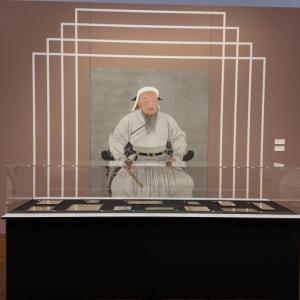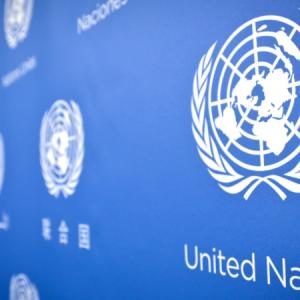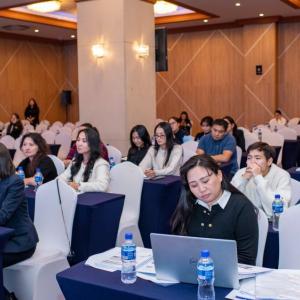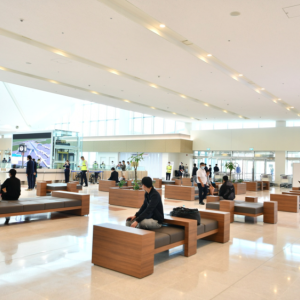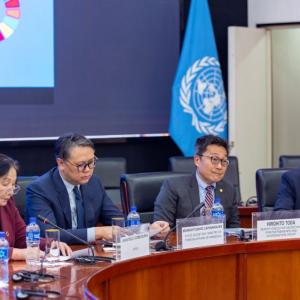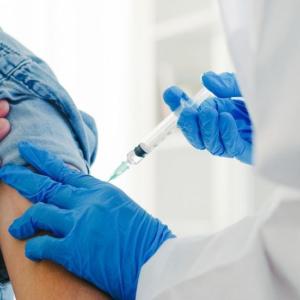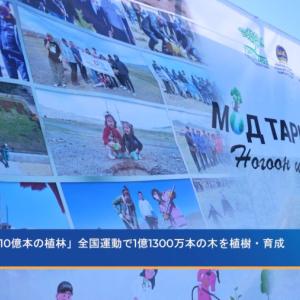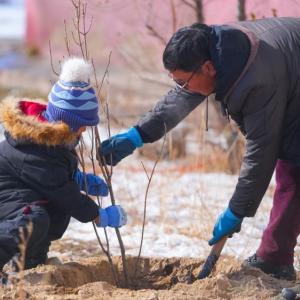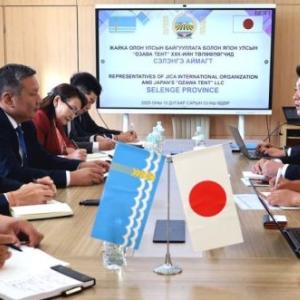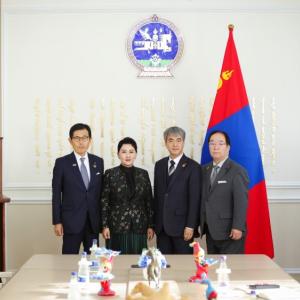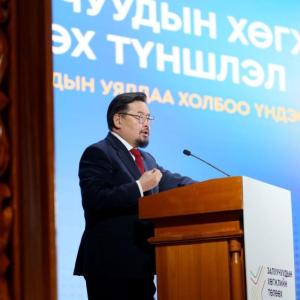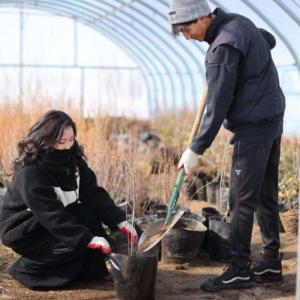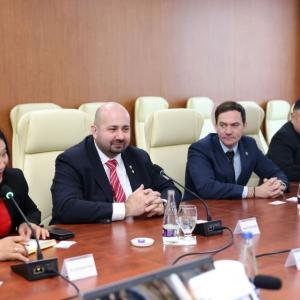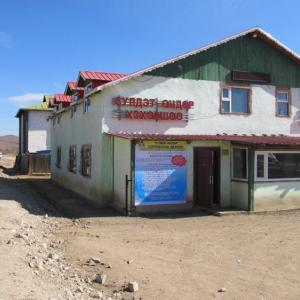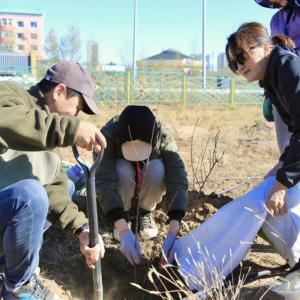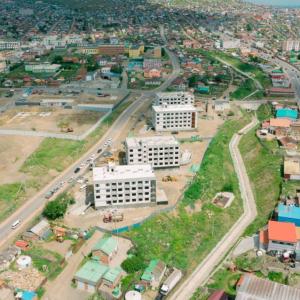Low Vision Clinic Opens at the Medical Sciences University Hospital
Society
Ulaanbaatar, November 19, 2024 /MONTSAME/. A Low Vision Clinic opened on November 18, 2024, at the Hospital of the Mongolian National University of Medical Sciences (MNUMS) as part of the Australian Government’s micro-aid program.
Aiming to be the most effective center for providing assistance and improving knowledge to people with low vision and visual impairments, 46 equipment of 14 types have been installed at the clinic. As Mongolia lacks specialized service centers and care services for people with low vision, the clinic is anticipated to facilitate the service and outreach. Specifically, the clinic will provide comprehensive eye examinations and vision care, help clients choose low-vision devices, support people with low vision in increasing their social participation, improve their quality of life, advising clients on how to live independently and safely every day. It will serve people of all ages with visual impairments.

Dr.
P. Bayasgalan, Head of the Department of Ophthalmology at the MNUMS “The Low
Vision Clinic will not only serve people with low vision, but also children
born with congenital or hereditary low vision. In the future, we will pay
attention to systematically training specialists such as ophthalmologists,
nurses, and social workers. Every major hospital in the country must have a low-vision
specialist. The importance of implementing projects and programs at the
university hospital is that we share our achievements and knowledge after
introducing new methods, equipment, and technology and gaining experience.”
“A
person may have impaired vision due to illness or an accident. There is an
opportunity to teach them how to improve their remaining vision, and live
safely, and provide special equipment to improve their quality of life. For
example, magnifying glasses, lenses that improve color resolution, lighting,
special screens for reading, and even chairs and tables for people with low
vision can be prepared for the person. People with low vision face risks,
starting from getting burned by a hot pot of tea. We teach their families,
parents, and class teachers how to reduce the risks. In this way we can improve
their quality of life and give them hope,” emphasized Dr. P. Bayasgalan.
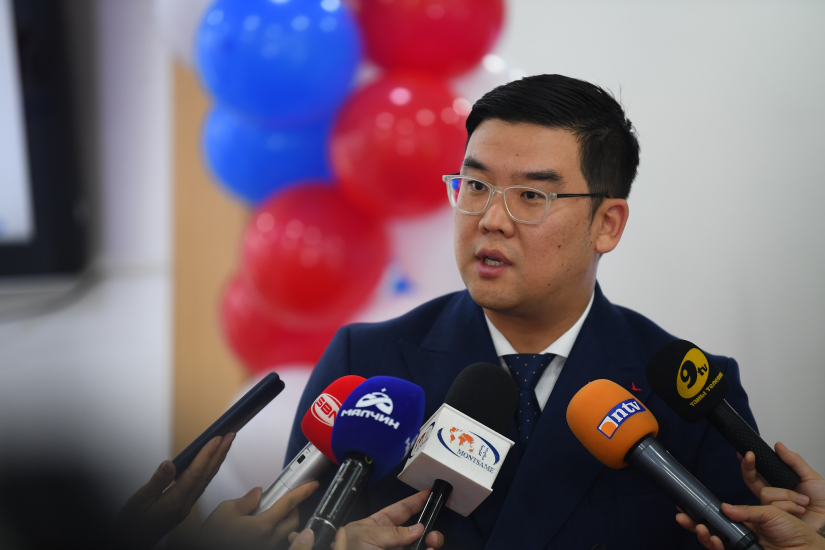
Dr. Bayasgalan emphasized the importance of eye health, noting that children should be subject to preventive examinations. Also, by working as a team with parents, teachers, and social workers, children with low vision will live and obtain education in a quality and safe environment. Visual impairments are often inherited. We aim to start research on congenital blindness. As a result of scientific achievements and successes, it is now possible to diagnose and prevent certain genetic eye disorders during the embryonic stage, at the cellular level, before the fetus is formed. It will soon be possible to prevent some diseases that cause the underdevelopment of eye structures due to heredity. Such treatment has been implemented in developed countries.”
A
2013 study on avoidable blindness in Mongolia shows that 2.2 percent of the
population over the age of 50 is blind and 13 percent is visually impaired. Last
year, there were more than 12 thousand people registered as visually impaired.

According to the World Health Organization, there are more than 2 billion people worldwide with visual impairment, of which about 1 billion are considered preventable or treatable. Most of them are over 50 years old. About 90 percent of the people with visual impairment live in underdeveloped countries.



 Ulaanbaatar
Ulaanbaatar





